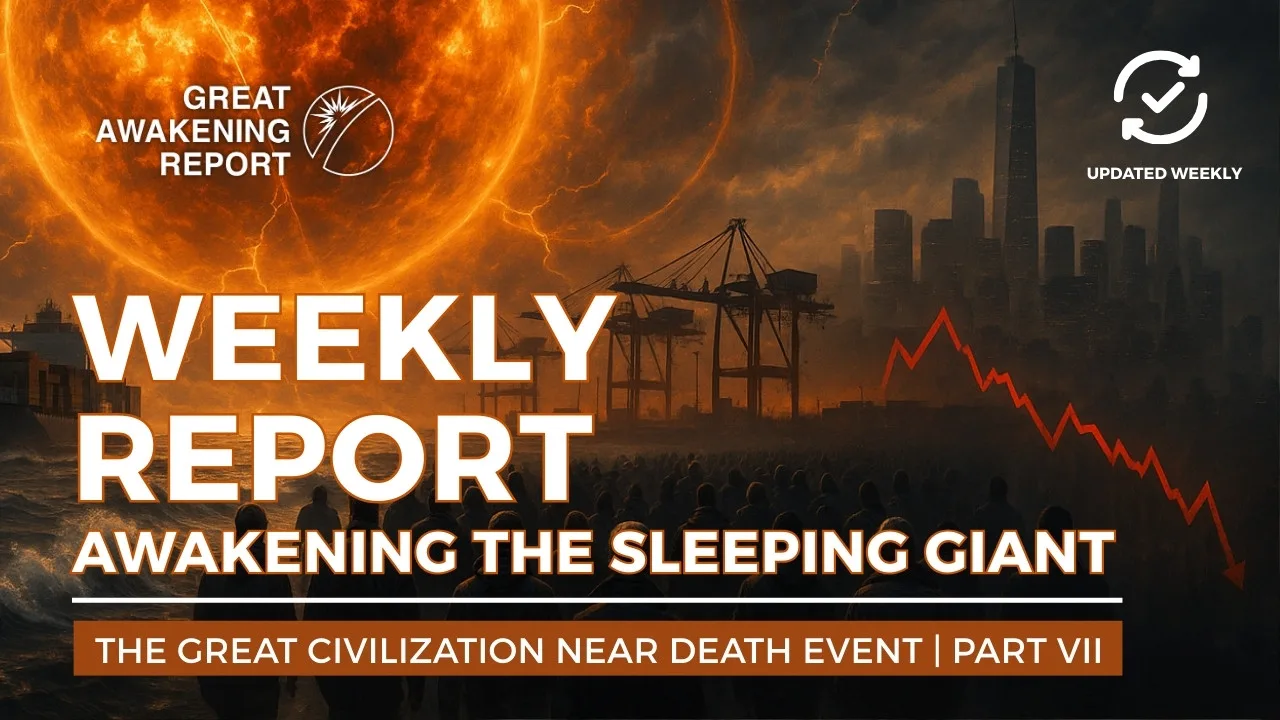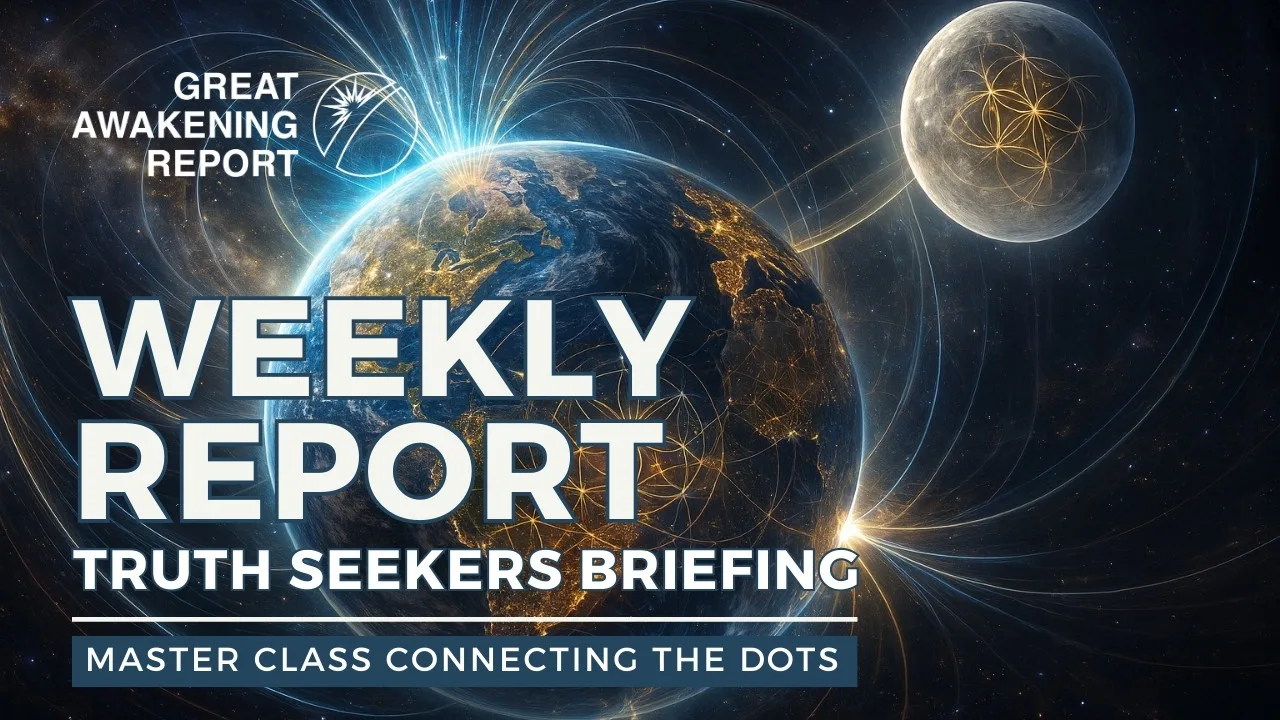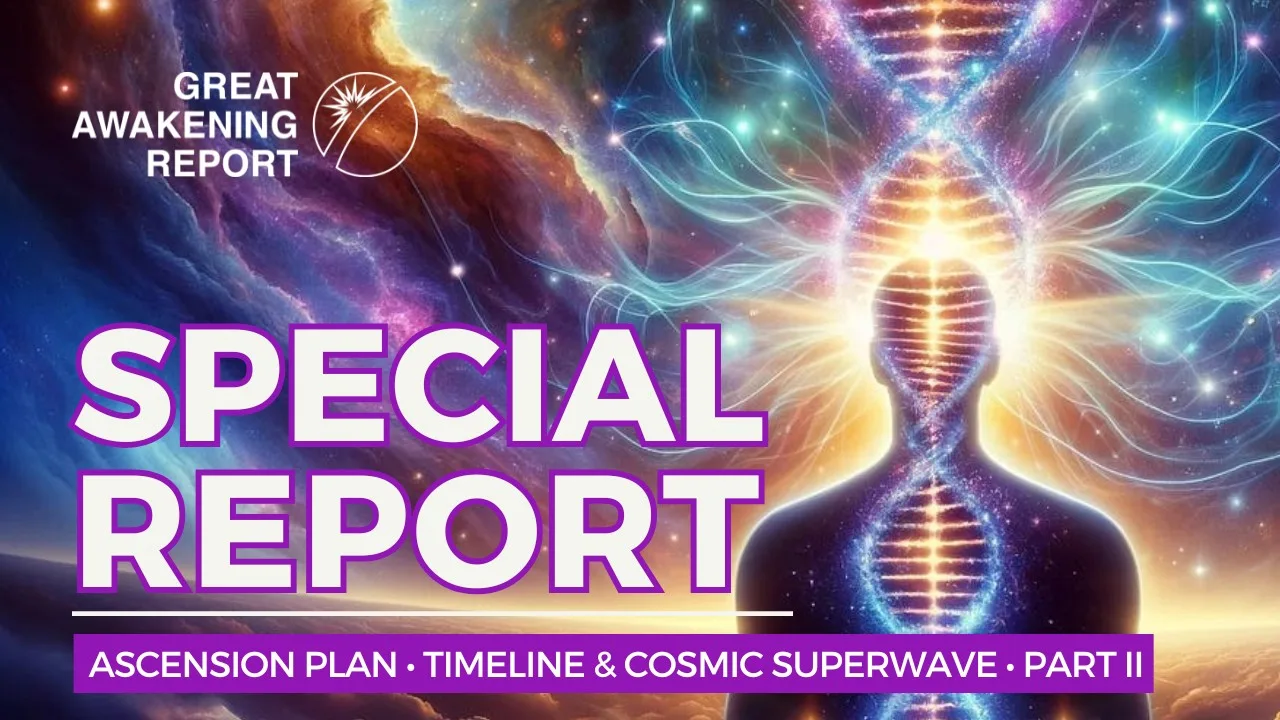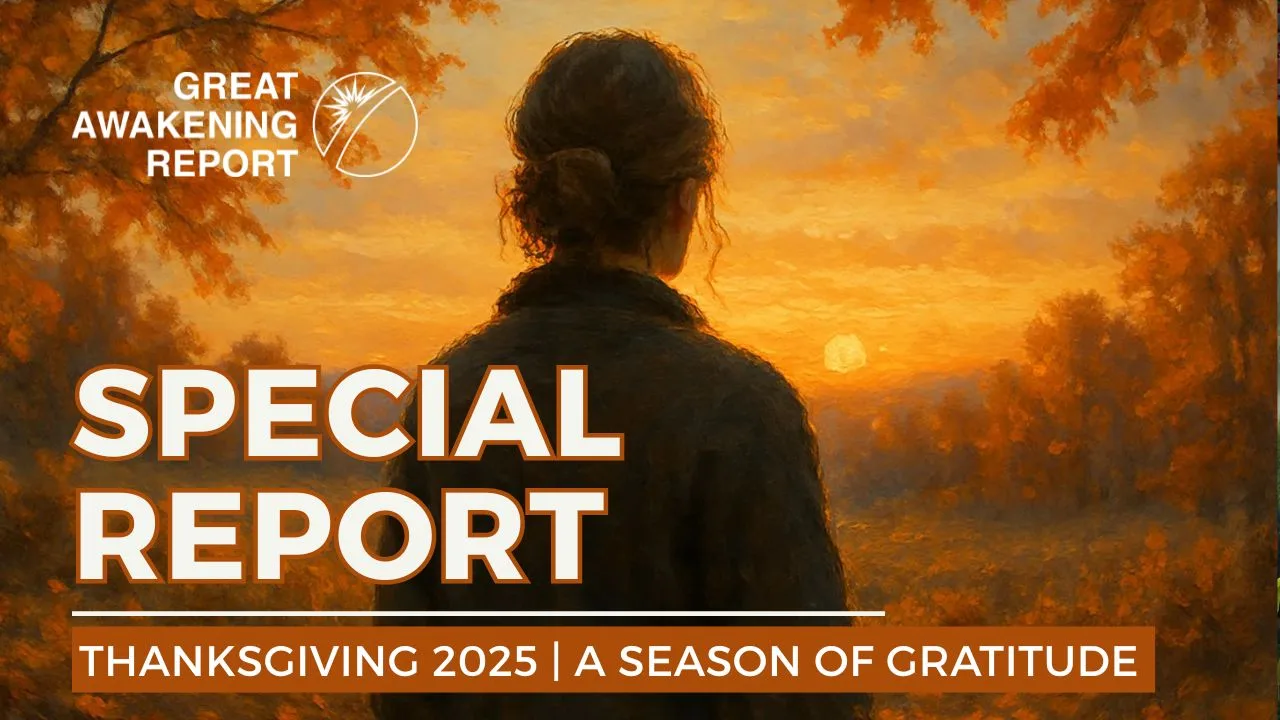Introduction to the Cosmic Cycles
In the exploration of ancient philosophies, the concept of time is often cyclic rather than linear. One of the most profound manifestations of this idea is found in the notion of the Great Year, also known as the Platonic Year. This is defined as the period it takes for the Earth to complete one full precession cycle of the equinoxes, approximately 25,800 years. Different cultures have ascribed significant meanings to these cosmic cycles, viewing them as times of renewal and transformation for civilizations.
Historically, the Great Year has been referenced in astrological traditions, including those of the ancient Greeks, Hindus, and indigenous peoples of the Americas, suggesting that major historical phenomena may correlate with periods of cosmic change. For instance, it is often mentioned that each segment of the Great Year corresponds to different ages (or Yugas, in Hindu terms), such as the transition from the Kali Yuga (the Age of Darkness) to a new Satya Yuga (the Age of Truth), heralding a time of spiritual awakening and renewal.
Cyclic time concepts propose that history does not just repeat but rather spirals through progress, suggesting that each cycle brings humanity closer to enlightened states of consciousness. The widening perception of these cosmic truths not only reflects in astrology but also emphasizes the importance of aligning worldly actions with natural cycles, potentially influencing governance, society, and spirituality.
Understanding these cosmic rhythms may shed light on current societal challenges, prompting a reevaluation of modern life within the framework of ancient wisdom. As civilizations grapple with turmoil and transformations, the cycles of time remind us of the perennial nature of existence, urging a return to harmony with the universe’s grand design.
For further readings on the cosmic implications of time and civilization, you can check our insightful articles on the Great Awakening Report or delve into the historical perspectives on these shifts in The Creator of the Qmap.
Understanding the Yuga Cycle
The Yuga Cycle in Hindu cosmology consists of four primary eras: Satya Yuga, Treta Yuga, Dvapara Yuga, and Kali Yuga. Each Yuga has distinct characteristics, durations, and influences on humanity and the spiritual environment.
**1. Satya Yuga (The Age of Truth):** Satya Yuga is the first era, noted for its purity and righteousness. It lasts for 1,728,000 years and is characterized by truth, virtue, and moral excellence. In this period, humans lived in harmony, with complete obedience to dharma (moral law). Spiritual practices were straightforward, and individuals were naturally inclined towards spirituality and self-realization. The concept of God was omnipresent, and people enjoyed a simple, fulfilling life. Life spans were extraordinarily long, often reaching thousands of years [Source: Pure Bhakti].
**2. Treta Yuga (The Age of Three):** Following the Satya Yuga, the Treta Yuga lasts for 1,296,000 years. In this era, virtue diminishes progressively, yet righteousness still prevails. Notable deities, such as Rama, emerge during this time, and three-quarters of human virtue remains intact. Although truth becomes diluted, mankind continues to engage in significant spiritual practices. However, societal norms begin to shift, leading to more complex interactions and increased duties [Source: Pure Bhakti].
**3. Dvapara Yuga (The Age of Two):** Dvapara Yuga spans 864,000 years and marks a significant decline in virtue and spirituality. This era is characterized by the arrival of Lord Krishna and is known for wars and power struggles. As righteousness decreases, conflicts become more common, and many spiritual practices devolve into rituals rather than genuine spiritual engagement. Humans begin to turn their focus toward material pursuits, affecting the collective consciousness [Source: Pure Bhakti].
**4. Kali Yuga (The Age of Darkness):** The final era, Kali Yuga, lasts for 432,000 years and is marked by spiritual degradation, ignorance, and an overall decline in moral values. It is known as the age of conflict and hypocrisy, with a significant portion of dharma lost. This period began approximately 5,000 years ago and is characterized by the struggles of material existence and the overwhelming presence of negativity. Spiritual practices become rare, and humans frequently engage in unethical behaviors, prompting individuals to seek out deep truths in various forms [Source: Pure Bhakti].
Throughout these Yugas, as humanity experiences cycles of rise and fall, the teachings derived from Hindu scripture emphasize the importance of spiritual growth and the search for eternal truths, regardless of the Yuga one resides in. The influences of each era shape human behavior and societal structures, echoing the fundamental philosophical understanding of change and growth in human consciousness.
The Great Year: A Cosmic Perspective
The Great Year, also referred to as the Platonic Year, is an astronomical concept that describes the period required for Earth’s axial precession to complete one full cycle, estimated to be approximately 25,920 years. This cycle has profound implications on various astronomical phenomena, including the zodiac and the progression of equinoxes and solstices through the constellations. The Great Year is mathematically rooted in the Earth’s axial tilt and orbital dynamics, where the planet’s wobble causes a slow shift in the position of stars and constellations over millennia.
Historically, ancient civilizations such as the Egyptians and Mayans recognized the significance of these cosmic cycles, often incorporating them into their calendars and cultural rituals. As Earth’s axial precession aligns with specific astronomical events, it provides a temporal framework for understanding the cyclical nature of time in relation to cosmic phenomena. Many New Age philosophies interpret this concept as symbolic of spiritual awakenings and shifts in human consciousness aligning with larger celestial movements.
For more detailed readings on similar cosmic phenomena and their implications, explore the article on the astronomical influences in ancient cultures: [Source: Great Awakening Report].
Cosmic Catastrophe Cycle: Nature’s Awakening
Cosmic catastrophes have marked pivotal moments in Earth’s history, often shaping civilizations and ecosystems. From asteroid impacts to volcanic eruptions, these cataclysmic events reveal a pattern of natural upheaval that teaches us resilience and adaptability.
One of the most prominent examples is the Chicxulub impact, which is believed to have caused the mass extinction of dinosaurs approximately 66 million years ago. This event famously linked to the rise of mammals illustrates how a single cataclysm can alter the course of life on Earth dramatically. Research indicates that such impacts occur every 100 million years on average, emphasizing the need for preparedness against potential future threats [Source: Nature Geoscience].
Another significant occurrence is the Toba supereruption, which happened around 74,000 years ago in present-day Indonesia. This volcanic eruption resulted in a volcanic winter, profoundly affecting global temperatures and likely leading to a significant population bottleneck in humans. Studies suggest that understanding supervolcanic eruptions helps in assessing current volcanic threats and improving risk mitigation strategies [Source: Sedimentary Geology].
Patterns of cosmic catastrophes recur in cycles, with lessons focusing on the importance of monitoring geological activities and enhancing community resilience. For instance, after the Krakatoa eruption in 1883, significant research advancements in volcanology emerged, fostering global collaboration on disaster readiness [Source: Geoscientist].
These historical events underscore the essential takeaway: Analyzing the past equips society with knowledge for future preparedness. By continuing to study these catastrophic patterns, we can improve our response mechanisms and safeguard against potential cosmic and geological threats. For more insights into natural disasters and their effects, check our articles on the historical impacts of such events, including the Great Awakening Report.
The Clock Cycle: Nature’s Mechanism
The Clock Cycle serves as a profound metaphor for understanding cyclical time and its intrinsic connection to the natural rhythms of the Earth. Just as a clock measures the passage of hours with its rhythmic ticking, natural processes unfold in cycles, such as the seasons, lunar phases, and even biological cycles that govern various forms of life. This cyclical nature of time illustrates that time is not merely linear; instead, it is a series of repeating patterns that reflect the ongoing dynamics of the Earth.
For instance, in agriculture, the clock cycle aligns with planting and harvesting seasons. Farmers depend on a rhythm that is dictated by elements such as sunlight and rainfall, which are integral to their calendars and contribute to what can be viewed as a holistic approach to farming. This sync between human activities and natural cycles highlights a larger narrative: an interconnection between people and the environment. The synchronization enhances productivity and sustainability, echoing the importance of respecting and understanding nature’s mechanisms [Source: Farm Progress].
Furthermore, these concepts resonate in various cultural contexts, where traditional practices often embrace the clock cycle as a guide for activities and rituals, emphasizing the appreciation for natural timing in spiritual and physical endeavors. The interconnectedness between timekeeping and Earth’s rhythms offers invaluable insights into the cyclical patterns that define life, urging a mindset that values cyclical understanding not just in agricultural practices but in broader aspects of life. This understanding fosters a deeper respect for natural order, reminding us that ultimately, we are part of a larger clock cycle, governed by the forces of nature [Source: Australian Mining].
Impacts of the Yuga Cycle on Humanity
The Yuga Cycle, rooted in Hindu cosmology, has far-reaching socio-political and environmental implications that shape human consciousness and lifestyle as our societies progress through the cycles of Satya (truth), Treta, Dvapara, and Kali Yugas. Each transition signifies a shift in moral and ethical frameworks, collective consciousness, and ecological awareness.
The Kali Yuga represents a period characterized by moral decline, increased conflict, and environmental degradation. The socio-political landscape becomes defined by corruption, inequality, and chaos, as seen in historical patterns of civil unrest and power struggles. According to scholars of Eastern philosophy, societies often realize the urgent need for healing and restoration, typically triggered by catastrophic environmental changes, natural disasters, or crises that reveal vulnerabilities in our systems [Source: Great Awakening Report].
Conversely, movements into the Satya Yuga signify a return to collective harmony and a resurgence of spiritual consciousness. During this era, communities may prioritize sustainable living and ecological practices, shifting from exploitation to stewardship of the earth. Recognizing that environmental health is tied to social well-being, communities often foster collaborative governance and transparent systems to ensure equitable resource distribution and protect the environment [Source: Great Awakening Report].
Furthermore, the cyclical nature of the Yugas implies that humanity can learn and adapt through its mistakes. In moments of crisis during the Kali Yuga, there’s potential for a profound awakening, leading individuals to champion environmental and social justice as they recognize interconnectedness. Such transformations reflect an evolving consciousness that moves towards unity, compassion, and integrity, essential for navigating the pressing global challenges of our times, including climate change and social inequality [Source: Great Awakening Report].
In this context, the Yuga Cycle not only serves as a framework for understanding historical events but also as a guide for future actions, urging a collaborative shift towards sustainable practices and a deeper connection to our collective humanity.
Interpreting Signs: Are We in a New Cycle?
As global events unfold, many are questioning whether we are entering a new cycle, particularly within the context of the concept of Yugas—the cyclical epochs described in Hindu philosophy. Signs of significant societal transformation are abundant, suggesting a shift that aligns with the cyclical nature of history.
Current phenomena such as increasing geopolitical tensions, climate crises, and societal upheaval can be interpreted through the lens of the Yuga system, which includes four primary stages: Satya Yuga, Treta Yuga, Dvapara Yuga, and Kali Yuga. Currently, many theorists argue that we are oscillating between the end of the Kali Yuga, characterized by strife and division, and a potential return towards Dvapara or Satya Yuga, representing truth, righteousness, and balance.
Experts highlight that technology plays a transformative role in modern society, reminiscent of past eras when innovation shifted paradigms. For example, advancements in digital platforms and AI are shaping how we manage resources and data, suggesting a potential reawakening towards cooperation and sustainability. This technological revolution may form part of a broader awakening that aligns with the characteristics of a positive Yuga shift, pushing humanity towards more enlightened practices.
Additionally, cultural movements advocating for social justice, mental health awareness, and ecological sustainability may signal a collective yearning for positive change, aligning with historical cycles of resurgence following periods of adversity. Such movements echo the insights shared by spiritual leaders and philosophers, emphasizing the necessity for personal and collective healing as society transitions towards higher consciousness.
However, it is essential to examine whether these trends are substantial enough to signify a definitive entrance into a new Yuga. Historical contexts illustrate that transitions are often complex and gradual, requiring time to permeate societal structures fully. Nevertheless, the current zeitgeist is imbued with a sense of urgency, prompting individuals to reflect on their roles within this transformative landscape.
Ultimately, while the indicators point toward significant shifts in collective consciousness, only time will unveil the true nature of this cycle as it unfolds—a reflection of the ever-evolving human experience in its quest for balance and enlightenment across epochs. For a deeper exploration into these themes, consider reading more about historical cycles and their implications on our modern world here and here.
Concluding Reflections: Embracing the Future
As we stand at the cusp of profound transformation driven by technological advancements, social changes, and economic shifts, it is essential to reflect on the insights gathered throughout this journey. The cycles of change compel us to embrace adaptability and proactive preparation for the future.
In the realm of technology, innovations such as AI-driven platforms for agriculture, which streamline irrigation and data management, exemplify the importance of leveraging technology to enhance decision-making and productivity. For instance, tools that integrate various data sources enable farmers to optimize water usage and maximize profitability, allowing for a more sustainable approach to resource management [Source: Farm Progress].
In the construction and mining sectors, developments in data management technology, such as Sandvik’s Newtrax platform, demonstrate how businesses can enhance operational reliability and efficiency, even under challenging conditions. This adaptation is crucial as industries face increasing demands and uncertainties in market conditions [Source: Australian Mining].
Moreover, economic forecasts suggest rising costs and evolving market dynamics. The BCIS has projected a significant increase in construction prices and growth in infrastructure output, urging stakeholders to anticipate challenges and strategize effectively for sustained success in their operations [Source: BCIS].
To navigate these forthcoming changes, consider the following actionable strategies:
- Embrace Technology: Leverage digital tools that provide insights and streamline processes. Utilizing platforms that integrate data can lead to more efficient operations and informed decision-making.
- Continuous Learning: Stay informed about industry trends and technological advancements. Engage in professional development opportunities to enhance skills and knowledge relevant to your field.
- Sustainable Practices: Adopt sustainable practices in operations, ensuring that resource management aligns with environmental stewardship, which is becoming increasingly important as consumers and stakeholders demand responsible actions.
- Community Engagement: Build connections with peers and stakeholders. Collaboration can lead to shared insights and strategies that enhance resilience in the face of change.
As we move toward the future, by adopting a mindset of adaptability and foresight, individuals and businesses alike can thrive amidst the ongoing transformations.
Sources
Share This Report
Have questions?
At Great Awakening Report, we are dedicated to supporting your journey toward truth and enlightenment through our specialized Coaching and Consulting services.
Coaching Services: Our coaching programs are designed to guide you through personal awakening and transformation. We offer personalized sessions that focus on expanding consciousness, uncovering hidden truths, and fostering spiritual growth. Our experienced coaches provide the tools and insights necessary to navigate your path with clarity and confidence.
Consulting Services: For organizations and individuals seeking deeper understanding and strategic guidance, our consulting services offer expert analysis and solutions. We delve into areas such as global transitions, alternative news insights, and consciousness studies to provide comprehensive strategies tailored to your unique objectives.
Embark on a transformative journey with our Coaching and Consulting services, and unlock your highest potential. To learn more and schedule a session, visit our Coaching and Consulting pages.
Thank you
Thank you to our subscribers and readers for your continued support and dedication to truth and awakening. Your encouragement, engagement, and belief in our mission make everything we do possible. Together, we are expanding awareness and helping illuminate the path forward.
If you would like to further support the Great Awakening team and our ongoing efforts to share insight, knowledge, and truth, you can DONATE HERE.
With deep gratitude,
– Great Awakening Team
DISCLAIMER: All statements, claims, views and opinions that appear anywhere on this site, whether stated as theories or absolute facts, are always presented by The Great Awakening Report (GAR) as unverified—and should be personally fact checked and discerned by you, the reader.Any opinions or statements herein presented are not necessarily promoted, endorsed, or agreed to by GAR, those who work with GAR, or those who read or subscribe to GAR.Any belief or conclusion gleaned from content on this site is solely the responsibility of you the reader to substantiate.Any actions taken by those who read material on this site are solely the responsibility of the acting party.You are encouraged to think for yourself and do your own research.Nothing on this site is meant to be believed without question or personal appraisal.
COPYRIGHT DISCLAIMER: Citation of articles and authors in this report does not imply ownership. Works and images presented here fall under Fair Use Section 107 and are used for commentary on globally significant newsworthy events. Under Section 107 of the Copyright Act 1976, allowance is made for fair use for purposes such as criticism, comment, news reporting, teaching, scholarship, and research.
COMMUNITY GUIDELINES DISCLAIMER: The points of view and purpose of this video is not to bully or harass anybody, but rather share that opinion and thoughts with other like-minded individuals curious about the subject.









